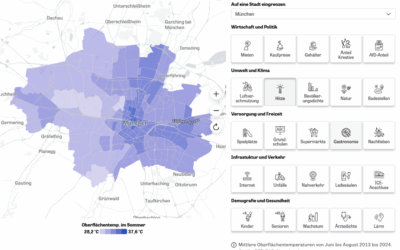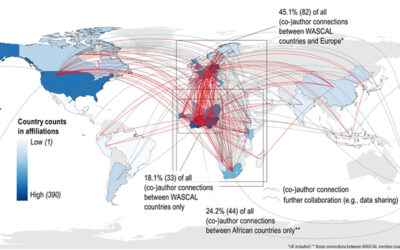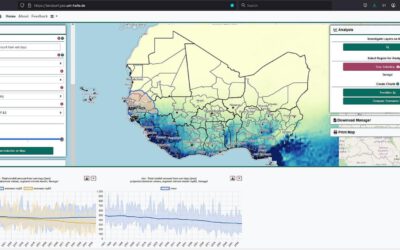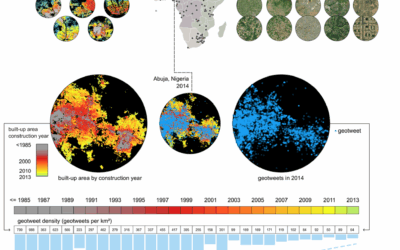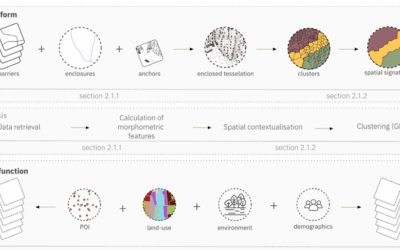Over the last years, Christian Geiß, Elisabeth Schöpfer, Torsten Riedlinger and Hannes Taubenböck have been editing a special issue titled “Multimodal Characterization of Built and Natural Environments for Multi-Risk Assessment” in the journal Natural Hazards ( https://www.springer.com/journal/11069 ). The special issue is scheduled for publication in November 2023. The editorial titled “Novel tools for multi‑risk assessment”, however, has just now been published.
Here is a short reasoning of the special issue:
Natural hazards are a recurring threat to mankind. In parallel, global urbanization processes and population growth reshape the surface of our planet. Natural hazards that had little impact in the past, when they hit sparsely populated settlement areas, can nowadays eventually affect agglomerations with millions of inhabitants. At the same time, numerous hazards do not occur in an isolated manner but form complex chains of events with disastrous cascading effects.
In order to mitigate affiliated perils, detailed information about multi-risk situations is required. However, the quantification of such risks poses major challenges regarding the conceptual embedding, comprehensiveness of data, tailored analysis methods, and valid modelling techniques, respectively. Remarkably, a vast body of technologies emerged over the last decade comprising novel data collections mechanisms and interpretation techniques. Today, sensor data from multiple sources, i.e., modalities, capturing built and natural environments are almost ubiquitously available. This includes ground-based imagery, geo-located social media data, various sources of Volunteered Geographic Information (VGI), as well as earth observation data, among others. To extract relevant thematic information from the data, novel methods related to the field of machine learning and Artificial Intelligence (AI) are increasingly deployed.
Consequently, the overall aim of this Special Issue is to inform the multi-disciplinary disaster risk community on the latest developments, capabilities, and limitations regarding the multimodal characterization of built and natural environments regarding risk-related properties (with particular focus on exposure and vulnerability) for usage in multi-risk assessment approaches.
Please find the entire editorial here: https://link.springer.com/article/10.1007/s11069-023-06204-6



